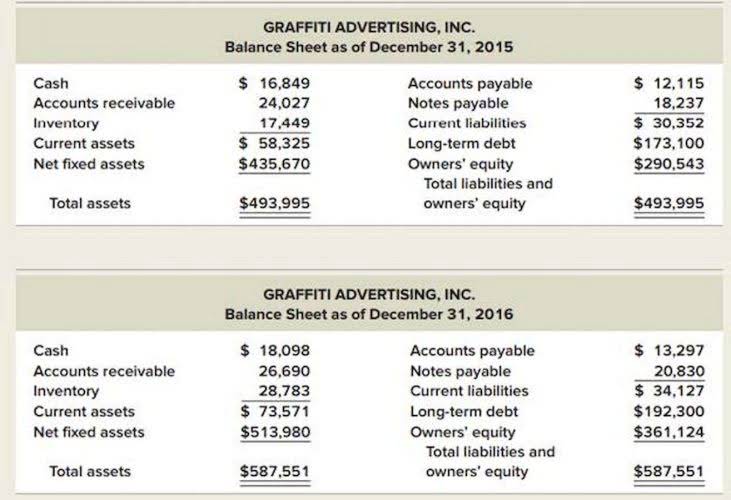How to Calculate Sales Percentage: Methods & Formulas

It can misstate income if your bad debt journal entry occurs in a different period from the sales entry. For that reason, the direct write-off method works best when recording immaterial debts or if you only have a few uncollected invoices. Once the percentage is determined, Online Accounting it is multiplied by the total credit sales of the business to determine bad debt expense. The historical records indicate that an average of 5% of total accounts receivable becomes uncollectible. This \$30,000 represents the bad debt expense for the period and is recorded as a journal entry, debiting the bad debt expense account and crediting the allowance for doubtful accounts. Percentage-of-receivables method The percentage-of-receivables method estimates uncollectible accounts by determining the desired size of the Allowance for Uncollectible Accounts.
Example 3 – Calculating Percentage of Sales of Each Item Maintaining Specific Criteria
We’ll go through each step and then walk through an example to see the formula in action. Suppose Panther Tees is a t-shirt retailer that sells t-shirts directly to consumers via its online platform. Since the cost of acquiring the products is increasing, the organization wants to determine whether it must increase the price of the t-shirts. Bad debt can also complicate tax season and affect your financial KPIs. The second method uses A/R aging reports to assign expected default rates to accounts receivable aging categories.
- Are you still curious about how to calculate and record bad debt expenses for your business?
- As a result of these measures, DEF Financial saw a 20% reduction in uncollectible accounts over two years, improving both its cash flow and profitability.
- We would classify this expense as a selling expense since it is a normal consequence of selling on credit.
- Always use a representative historical period to calculate your percentage for accurate projections and a reliable forecast.
Determine the total value of COGS

Then you apply these percentages to the current sales figures to create a financial forecast, which includes the income and spending accounts. As helpful as the percentage of sales method can be for financial projections, it’s not an all-in-one forecasting solution. Using data mined from your CRM — along with more in-depth forecasting methods — can help you make more consistent, accurate forecasts. With the percentage of sales method, you can quickly forecast financial changes to your business — including both assets and expenses — based on previous sales history.
Creating a Budgeted Set of Financial Projections for Future Planning
Alongside her accounting practice, Sandra is a Money and Life Coach for women in business. Definitely, automation aids bad debt management by ensuring bills are sent on time, making collections smoother, and keeping an eye on credit status in real-time. Below is a table summarizing how different methods affect the doubtful accounts allowance. Thomas Richard Suozzi (born August 31, 1962) is an accomplished U.S. politician and certified public accountant with extensive experience in public service and financial management.

But you need to know how to calculate the bad debt expense percentage to estimate what your allowance should be. You’ll calculate your bad debt allowance for each aging bucket then add these totals all together to find your ending balance. Here’s an example of an accounts receivable aging report with collection probabilities that add up to a total bad debt reserve.
The benefits of percentage forecasting
The allowance for doubtful accounts helps CFOs and controllers better understand the true state of a company’s finances and make more accurate cash flow projects long-term via balance sheet forecasting. It can also be thought of as a risk assessment tool that gives finance teams a better idea of how future clients may perform with respect to paying their debts. ADA is a type of contra asset account used to reduce your account receivable balance (“contra asset” referring to an asset account where the account balance is a credit balance). ADA is paired with bad debt expenses on your company’s balance sheet, meaning that when you fail to collect on an invoice, ADA is credited and bad debt expense is debited. Healthcare providers, such as ABC Health Services, often deal with complex billing processes and high levels of receivables from insurance companies and patients. ABC Health Services improved its estimation of uncollectible accounts by integrating predictive analytics software into its billing system.

Accounts Receivable Aging Method
Of these expenses, he sees that only the last two are tied to sales as they fluctuate. Let’s use the example of a potter named Harry, whose revenue was $100k last year, and he expects sales to increase 50% next year. Easily calculate drop-off rates and learn how to increase conversion and close rates.
- Record the journal entry for a bad debt expense by debiting your bad debt expense account and crediting allowance for doubtful accounts.
- Once we have calculated the COGS, we can determine its percentage relative to sales.
- This account is linked to your accounts receivable account on your balance sheet – it’s part of your liabilities.
- The accounts receivable aging method is a subset of the percentage of receivables method.
- You will learn whether sales rose between two periods and, if so, by how much.
- It can misstate income if your bad debt journal entry occurs in a different period from the sales entry.
We have three columns A, B, and C containing the Item Name, Quantity Produced, and Number of Sales respectively. Porter’s Auto Parts wants to figure its sales growth for the years ending March 31st, 2017 and March 31st, 2018. For example, 65% represents 65 out of 100, or 45 per cent of the total amount. If your sales were higher in the same period last year, the economy, and not your sales strategy, may be to blame. He would then apply those percentages to $400,000, rather than the $250,000 from this year.

Proven Strategies to Chase Outstanding Invoices and Boost Cash Flow
The percentage of sales method estimates bad debt expense based on a percentage of total credit percentage of sales method sales, focusing on the income statement. In contrast, the aging of accounts receivable method estimates uncollectible accounts based on the age of individual receivables, focusing on the balance sheet. The percentage of sales method in accounting is used to estimate bad debt expense based on a percentage of credit sales. This method focuses on the income statement and calculates bad debt expense by multiplying total credit sales by an estimated uncollectible percentage. For example, if a company has \$1,500,000 in credit sales and estimates 2% to be uncollectible, the bad debt expense would be \$30,000. This amount is recorded as a journal entry, impacting the allowance for doubtful accounts, which can be tracked using a T-account to find the ending balance.
With changing budgets and different needs every month, it’s important to know where your Debt to Asset Ratio money is going and how it affects future earnings. From there, she would determine the forecasted value of the previously referenced accounts. Next, Barbara needs to calculate her estimated sales for the upcoming year.